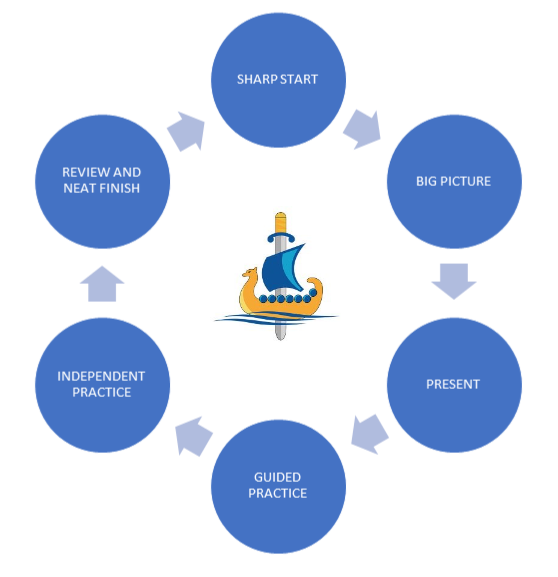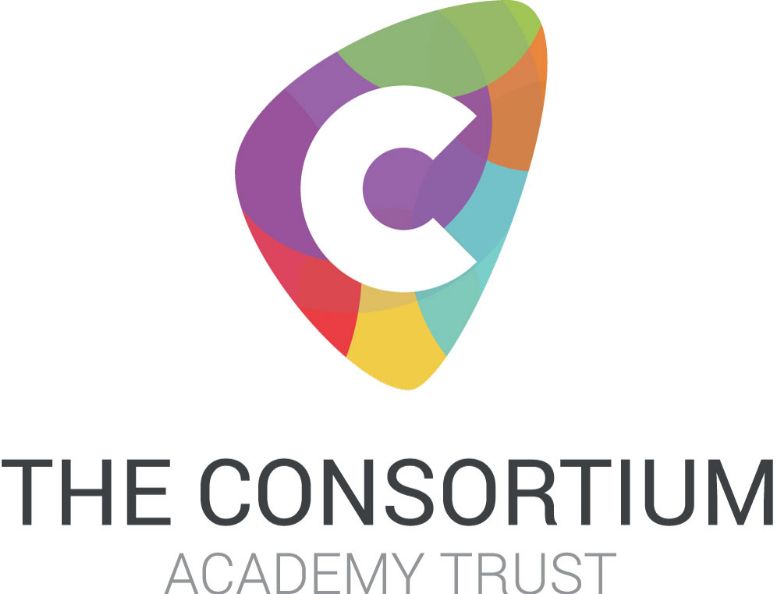Instructional Framework
To ensure consistency of Teaching and Learning across the school and to give all learners equitable experiences, we use a research-based instructional framework which specifies the key components of the learning cycle, in other words how a lesson is organised to allow students make maximum progress.

|
SHARP START |
Students start a lesson with a retrieval task or a ‘think hard’ task on the board. This activates prior knowledge so we can build meaningful connection. |
|
BIG PICTURE |
We give students a Big Question to explore and we place learning in the continuum of Last lesson – This lesson - Next lesson to contextualise their learning. Homework is also given at this stage. |
|
PRESENT |
We then introduce the new content to students. We explain it in small steps, allowing time for making meaning and asking questions. This is when the misconceptions are caught and explained. |
|
GUIDED PRACTICE |
We use I do – We do – You do modelling of the skill or application of knowledge, so students learn how to approach their topic. We use scaffolds to help them explore the information and practise together before asking them to work through a problem independently. |
|
INDEPENDENT PRACTICE |
This is when students show us what they have learnt through silent, independently completed tasks that allow them to grapple with content, analyse their strengths and gaps in knowledge and take full control of their learning. We call this a Purple Zone time. |
|
REVIEW AND NEAT FINISH |
We return to the Big Question to review the learning and ensure we have not missed anything. We end the lesson, celebrating success with the positive points students earned and the AIM to EXCEL ticket that is awarded for their extraordinary work and effort. |




